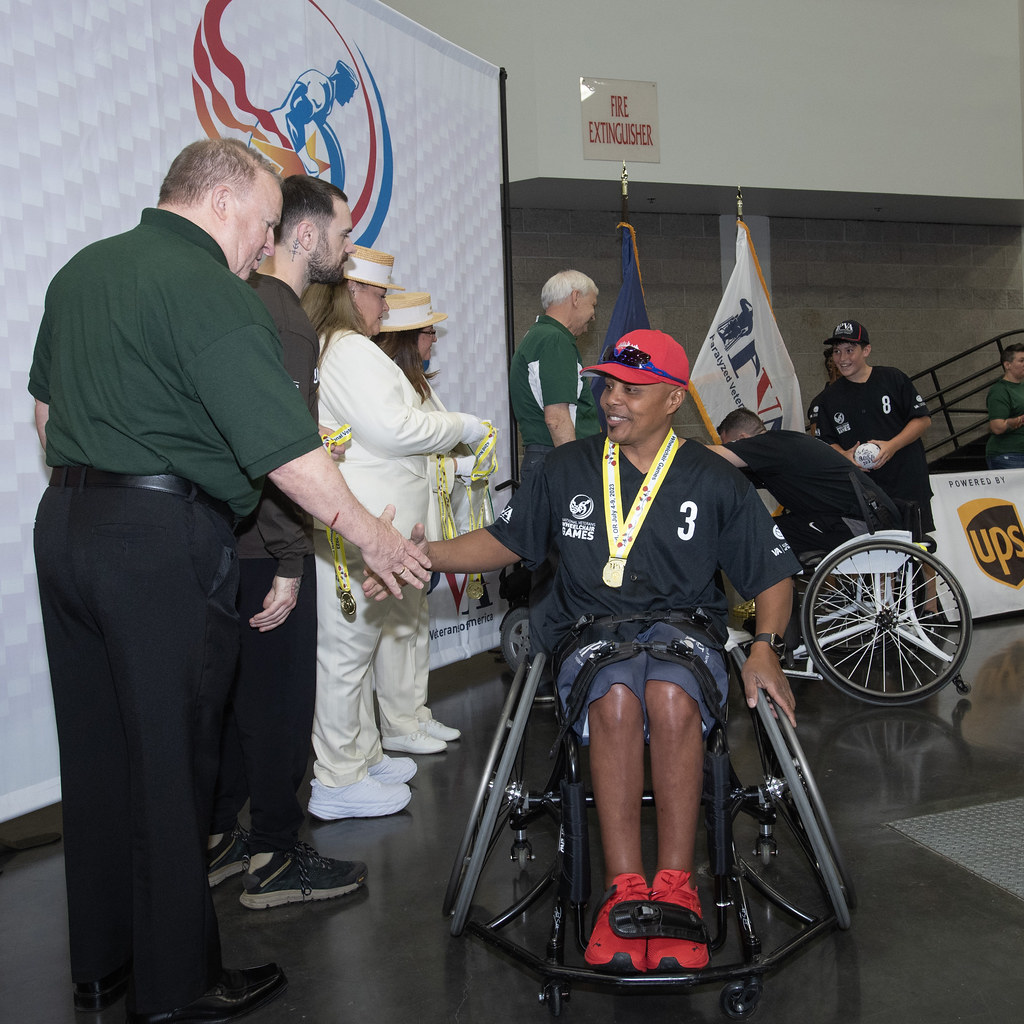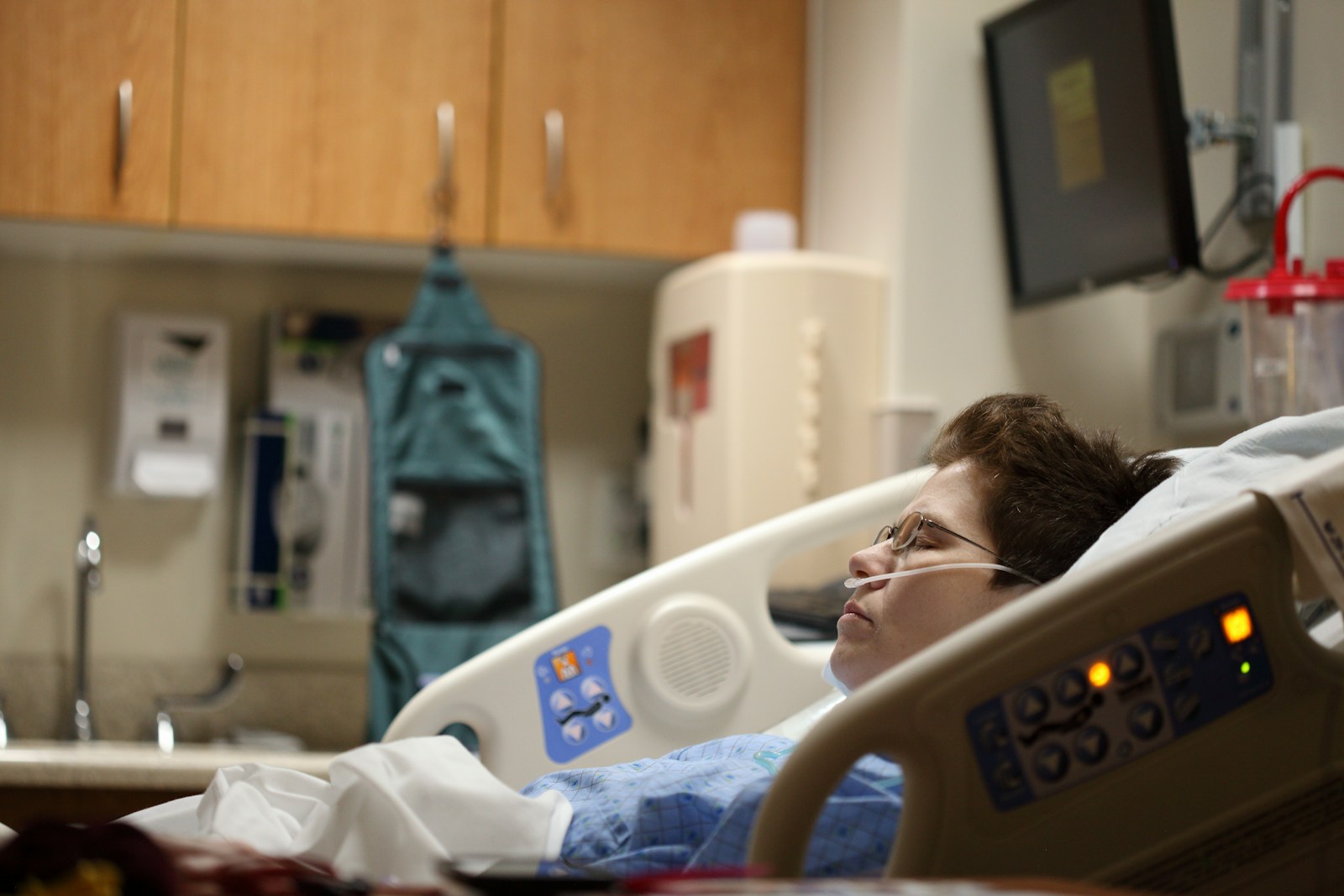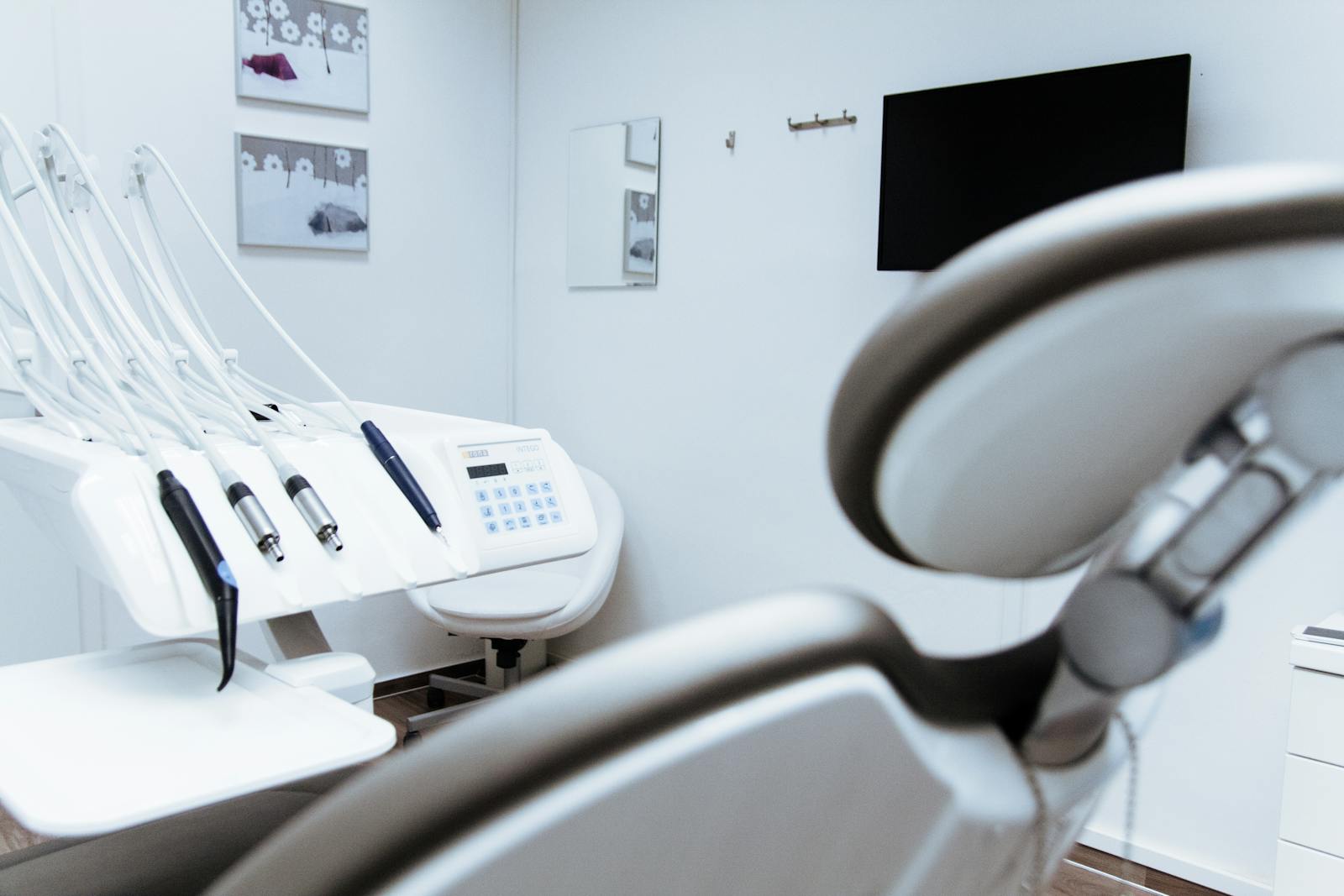Spine injuries often impose significant limitations on an individual’s mobility and independence, creating a range of physical and psychosocial challenges. Assistive devices, from simple mobility aids to innovative robotic technologies, offer a pathway to regain some of this lost independence. These devices not only facilitate daily activities, but also open up opportunities for social interaction and personal fulfilment. However, the most suitable use of these devices often depends on the individual’s specific needs and the nature of the spinal injury. The exploration of this topic may yield valuable insights into how we can further empower these individuals.
Understanding Spinal Injuries
Although spinal injuries may vary in severity, it is important to understand that they all involve some level of damage to the spinal cord or nerves, significantly impacting a patient’s mobility and overall quality of life. The spinal cord, a vital component of our spinal anatomy basics, serves as a conduit for transmitting neural signals from the brain to the rest of the body. Any harm to this structure can lead to a disruption in communication, resulting in motor, sensory, or autonomic dysfunction.
Understanding the risks and implementing injury prevention strategies is essential. Spinal injuries often result from falls, sports injuries, or car accidents. Therefore, preventative measures may include using protective gear during sports, adhering to safety regulations in the workplace, and practicing safe driving habits.
However, it is also important to recognize the role of disease processes like osteoporosis in causing spinal injuries. Health management strategies targeting these underlying conditions are equally vital in the prevention framework.
Impact of Spine Injuries on Independence
Spinal injuries present a significant challenge to an individual’s independence, substantially affecting their daily activities and mobility. The physical limitations imposed by such injuries often necessitate reliance on assistive devices, altering not just the physical, but also the emotional landscape of the affected individuals. This section examines these impacts, with a focus on the challenges in daily activities post-injury, the mobility limitations, and the emotional consequences of a newfound dependence.
Challenges in Daily Activities
Confronting a myriad of challenges in daily activities, individuals with spine injuries often experience significant disruptions to their independence. The presence of accessibility barriers, such as inability to perform basic tasks or negotiate physical spaces, frequently compounds their struggle. This is further heightened by the constant need for effective pain management, which can be difficult to achieve and maintain.
The combined impact of these factors can limit the individual’s ability to engage in self-care activities, vocational tasks, or social interactions, thereby impacting their overall quality of life. Hence, mitigating these challenges through the use of assistive devices and strategies becomes essential in helping these individuals regain a semblance of independence and enhance their daily functioning.
Mobility Limitations Post-Injury
Following the understanding of the challenges faced by individuals with spine injuries, one of the most significant impacts is the subsequent mobility limitations that can drastically impede personal independence.
- These limitations can range from partial to complete paralysis, affecting the individual’s ability to perform daily tasks independently.
- Rehabilitation techniques are vital to help regain some level of mobility, focusing on strength training and coordination.
- Assistive devices can play a significant role in restoring some degree of independence, such as wheelchairs, canes, and braces.
- Psychological support is equally important in this journey, enabling the patient to cope with the changes and challenges that come with their new reality.
These factors highlight the interconnected nature of physical and psychological processes in addressing mobility limitations post-spine injury.
Emotional Impact of Dependence
While the physical challenges of spinal injuries are readily apparent, the emotional impact of newfound dependence can be equally, if not more, debilitating, profoundly affecting the patient’s sense of independence and self-worth. This psychological struggle often manifests in feelings of frustration, isolation, and anxiety. Mental health support becomes vital to address these emotional strains, helping patients adapt to changes in their lives. Therapists play a significant role in this process, providing coping strategies and tools to foster resilience. Additionally, caregiver involvement is essential. They can offer both practical assistance and emotional support, easing the burden of dependence. Ultimately, it’s through this collaborative approach that patients can navigate the emotional impact of spinal injuries, regaining a sense of control and independence.
The Role of Assistive Devices
In the context of spine injury rehabilitation, assistive devices play an important role in enhancing patient mobility, promoting independence, and improving overall quality of life. The benefits of these devices, however, are not without trade-offs such as device affordability and ongoing device maintenance.
- Device Affordability: The cost of assistive devices can pose a significant barrier to access. It is essential that healthcare providers work closely with patients, insurance companies, and device manufacturers to guarantee the affordability of these essential tools.
- Device Maintenance: Regular maintenance is crucial to ensure the longevity and effectiveness of the assistive devices. This includes routine checks, cleaning, and potential replacement of parts.
- User Training: Adequate training should be provided to patients to ensure they can independently operate and manage the device. This is key in empowering patients to regain control over their mobility.
- Personalized Adaptation: Assistive devices should be tailored to meet the unique needs and circumstances of each patient, ensuring maximum comfort and efficacy.
Mobility Aids for Spinal Injury Patients
In the domain of spinal injury rehabilitation, mobility aids play a pivotal role in fostering independence and improving the quality of life. This discussion will focus on two primary categories: wheelchair accessibility enhancements, and advanced walking assist devices. Each of these categories offers unique solutions to mobility challenges, tailored to the varying needs and recovery stages of spinal injury patients.
Wheelchair Accessibility Enhancements
One of the key challenges spinal injury patients face pertains to mobility, particularly the ease of use and accessibility of wheelchairs, which can be greatly enhanced through a variety of innovative devices and modifications.
- Wheelchair sports participation: Specialized wheelchairs are designed to maximize mobility and control for various sports, promoting active lifestyles and social interaction.
- Adaptive driving modifications: Modifications such as hand controls and wheelchair lifts can transform regular vehicles into disabled-friendly modes of transport, enabling independence.
- Accessible home modifications: Ramps, widened doorways, and lowered countertops can greatly improve maneuverability and accessibility at home.
- Tech-advanced wheelchairs: High-tech wheelchairs with features like voice control, elevation, and tilt functions can considerably enhance user experience, comfort, and independence.
These enhancements not only improve the quality of life but also foster independence, dignity, and participation in society for spinal injury patients.
Advanced Walking Assist Devices
Beyond enhancing wheelchair accessibility, another significant stride in aiding spinal injury patients regain mobility is the development of Advanced Walking Assist Devices. These devices, such as robotic exoskeletons, are revolutionizing the field of neurological physiotherapy. Robotic exoskeletons are wearable machines that enable patients to stand, walk, and even climb stairs. They work by supporting the user’s weight and accurately replicating human gait, compensating for deficits in strength or control. These advanced devices offer a targeted approach to therapy, allowing for intensive, repetitive training, leading to improved motor function. Moreover, they provide a sense of autonomy and independence, which is essential for patients’ psychological well-being. As technology continues to advance, the potential for improved mobility options is enormous.

High-Tech Devices for Enhanced Mobility
Frequently, advancements in technology pave the way for high-tech devices that greatly enhance mobility for patients suffering from spine injuries. Two such advancements include robotic exoskeletons and tele-rehabilitation services.
- Robotic Exoskeletons: These wearable devices support patients’ movements, enabling them to stand, walk, and even climb stairs. The exoskeletons use sensors and algorithms to mimic natural gait, providing a sense of normalcy and independence for the patients.
- Tele-rehabilitation Services: Leveraging the power of modern communications technology, these services deliver remote physical therapy sessions to patients. This guarantees continuity of treatment while reducing the burden of travel for those with mobility issues.
- Wheelchair Innovations: Wheelchairs are rapidly evolving with the integration of high-tech features. These include power-assisted propulsion, tilt and recline functionality, and even stair-climbing capabilities.
- Smart Prosthetics: For patients with spinal injuries affecting limb function, smart prosthetics offer new hope. Embedded sensors and AI technology can interpret muscle signals, allowing the prosthetic to move naturally.
These advancements not only enhance mobility but also promote self-reliance and improve quality of life for patients with spinal injuries. As technology continues to progress, we can expect even more innovative solutions in this field.
Assistive Devices for Daily Activities
Moving beyond the domain of essential mobility aids, it is important to analyze the role of assistive devices in facilitating day-to-day activities for spine injury patients. This encompasses not only mobility aids, but also devices that aid in eating, dressing, and ensuring safety in the bathroom. Such devices, while seemingly simple, can greatly enhance the quality of life and independence of those coping with spinal injuries.
Mobility Aids for Patients
In the domain of assistive devices for daily activities, mobility aids serve as invaluable tools for individuals who have suffered a spine injury, providing them with a renewed sense of independence and freedom. These aids, however, require regular maintenance and often pose financial challenges due to insurance coverage limitations.
- Wheelchairs: Manual or electric, they offer mobility but need regular assistive devices maintenance to guarantee peak functioning.
- Walkers and Canes: They provide support and balance, but wear and tear can compromise their efficiency, necessitating routine checks.
- Mobility Scooters: They offer greater autonomy but demand maintenance and battery replacements.
- Prosthetic Devices: They aid in walking but require regular fitting adjustments.
Understanding insurance coverage for assistive devices can help mitigate potential financial burdens, thereby enhancing the patient’s quality of life.
Eating and Dressing Assistance
For spine injury patients, mastering the daily activities of eating and dressing can present unique challenges, often necessitating the use of specialized assistive devices designed to enhance autonomy and independence. The application of innovative meal preparation techniques can contribute to the ease of feeding oneself. Tools such as easy-grip utensils, adjustable feeding devices, and meal preparation boards can empower patients to prepare and consume meals independently.
Similarly, adaptive clothing options provide a solution to the hurdles faced during dressing. Customized clothing with velcro fastenings or magnetic closures, as well as zipper pull aids and button hooks, offer a practical approach to self-dressing. These devices not only aid in the physical act of dressing but also boost the patient’s confidence by promoting self-reliance.
Bathroom Safety Adaptations
Managing the intricacies of bathroom use after a spine injury can be greatly eased through the incorporation of assistive devices designed specifically for enhancing safety and independence.
- Toilet modifications: Raised toilet seats and safety frames can improve ease of transfer and guarantee stability while seated.
- Shower alterations: Installation of grab bars and non-slip mats can prevent falls. A shower chair or bench provides a safe, comfortable option for bathing.
- Sink adjustments: Lever handles can replace traditional knobs for easier operation. Adjustable height sinks may also be beneficial.
- General modifications: Widen doorways and install ramps where necessary to accommodate wheelchairs or walkers.
Advanced Seating Options
Exploring the world of advanced seating options, we find a myriad of assistive devices designed to improve comfort and enhance mobility for spine injury patients. These state-of-the-art tools primarily focus on two important areas: pressure relief strategies and seating customization options.
Pressure relief strategies are designed to redistribute weight and reduce the risk of pressure sores. These strategies may include air-filled, gel, or foam cushions that adjust to the individual’s body shape and weight, thereby decreasing the risk of skin breakdown. Some advanced seating options even include pressure mapping systems, which provide a visual representation of pressure points, helping in tailoring the seating solution to the patient’s specific needs.
Seating customization options, on the other hand, allow for modification based on each patient’s unique physiology and mobility requirements. This could mean adjustable backrest angles, adaptable seat depths, or modifiable armrest and footrest positions. These adaptabilities can greatly enhance comfort, posture, and overall mobility.
Communication Devices for Spine Injuries
Exploring the world of communication devices for spine injury patients reveals a landscape of essential tools designed to bridge the gap created by impaired mobility and speech. These assistive technologies play a vital role in enhancing independence and life quality for individuals with spinal cord injuries.
- Speech-Generating Devices (SGDs): These tools transform typed text or selected icons into synthetic speech, enabling patients with speech impairments to communicate. SGDs range from simple devices offering pre-recorded messages to sophisticated systems supporting language generation.
- Eye-tracking systems: These advanced devices allow users to control a computer or communication system using eye movements, proving helpful for patients with limited limb function.
- Modified Phones: This includes telephones with large buttons, voice-activated dialing, or text-to-speech capabilities, aiding those with limited hand mobility or speech difficulties.
- Spinal Cord Stimulators: Though primarily used for pain management, research suggests potential benefits in restoring some motor function, potentially enhancing communication ability.
Personal Care Assistive Tools
How essential are personal care assistive tools in the daily lives of individuals with spinal injuries? These tools act as crucial extensions, enabling independence and self-sufficiency, and greatly improving their quality of life.
Assistive grooming tools, for instance, are indispensable for maintaining personal hygiene. Long-handled sponges or brushes, adapted nail clippers, or electric toothbrushes can simplify tasks that may otherwise be strenuous. These devices effectively circumvent mobility challenges, allowing users to retain a sense of personal dignity and control.
Adaptive kitchen appliances also play a critical role. They transform the kitchen into a more accessible space, fostering independence in meal preparation. Tools such as easy-grip utensils, one-handed can openers, and spill-proof cups mitigate the impact of limited dexterity and strength, thereby enabling individuals to engage in cooking activities safely and efficiently.
Adapting Your Environment With Devices
Why not consider the strategic implementation of assistive devices to adapt your environment more conducive for individuals with spinal injuries? Environmental modification through the use of such devices can greatly enhance the quality of life for patients, promoting independence and fostering self-confidence.
Device customization guarantees that these tools cater to the unique needs of each patient. Customization can include adjustments to the device’s size, shape, or functionality to suit the individual’s physical condition and lifestyle. This personalized approach can greatly boost the effectiveness of the device in easing daily tasks and mobility.
Consider the following strategies for environmental adaptation:
- Installation of Grab Bars: These can be installed in bathrooms and hallways to provide support during movement, reducing the risk of falls.
- Automated Systems: Smart home technologies can be customized to control lights, doors, and appliances, minimizing physical strain.
- Adjustable Furniture: Customizable and adjustable beds, tables and chairs can bring comfort and ease in daily activities.
- Ramp Installation: Ramps can replace stairs, facilitating mobility for wheelchair users.
Future Trends in Assistive Devices
In the rapidly evolving world of technology, a significant surge in the development and adoption of advanced assistive devices is anticipated, promising a transformative impact on the lives of spine injury patients.
Two key trends in this domain are device affordability and the rise of rehabilitation robotics. The former, driven by increasing competition and technological advancements, is making these assistive devices more accessible to a broader population. As manufacturers work towards reducing production costs without compromising on functionality and efficacy, we can expect a greater number of patients benefitting from these inventions.
Rehabilitation robotics represents another promising area of growth. These systems, which utilize robotic technology to augment traditional physiotherapy, can provide more intensive, consistent, and precise therapy. The use of robotics can facilitate targeted rehabilitation, allowing for the customization of therapeutic routines based on individual patient needs. Current research and development efforts are focused on improving the user interface and enhancing the adaptability of these systems.
Frequently Asked Questions
How Can Assistive Devices Be Personalized to Suit Individual Patient Needs?
Device customization involves tailoring assistive devices to patients’ specific needs, while personalized training guarantees they can effectively use these customized devices, thereby optimizing functionality and enhancing individual patient independence.
What Kind of Maintenance Do These Assistive Devices Require?
Assistive devices require regular maintenance to guarantee device durability, including routine inspections for wear and tear. Cleaning techniques also vary, but typically involve disinfecting surfaces to prevent bacterial contamination and maintaining mechanical parts for best performance.
Are There Any Possible Side Effects or Risks Associated With Using These Devices?
Yes, possible risks with assistive devices include device misuse leading to injury, and allergic reactions to materials. Proper training in device usage and knowledge of one’s allergies can mitigate these risks to a large extent.
What Is the Process for Obtaining These Assistive Devices? Is It Covered by Insurance?
The process for obtaining assistive devices typically involves physician consultation, prescription, and device fitting. Coverage varies based on insurance policies and may include partial or full device funding, contingent upon medical necessity and plan specifics.
Are There Any Support Groups or Communities for Spine Injury Patients Using Assistive Devices?
Yes, numerous support groups exist for spine injury patients using assistive devices. These groups not only offer emotional support but also promote community engagement, providing a platform to share experiences, challenges, and coping strategies.


